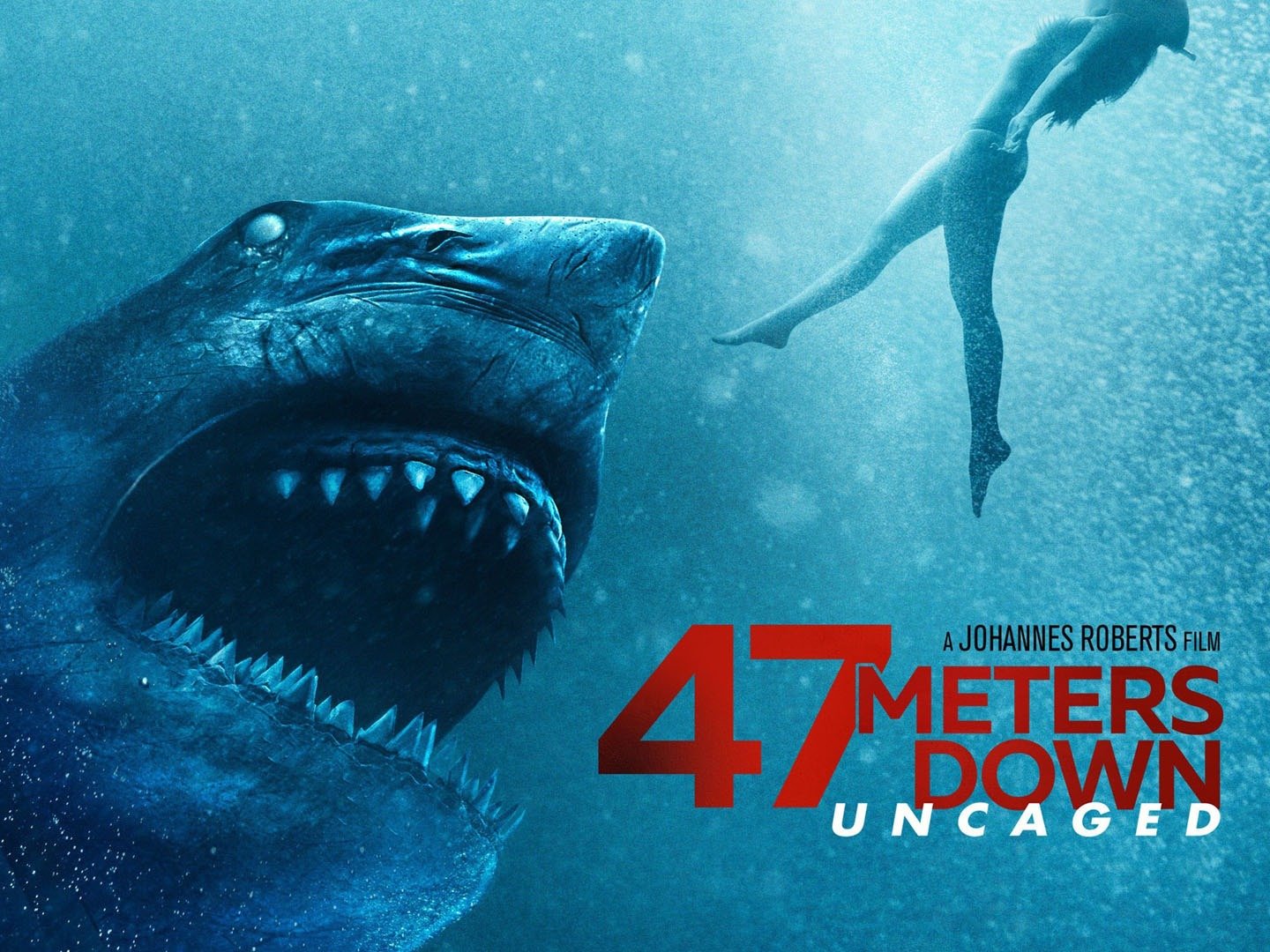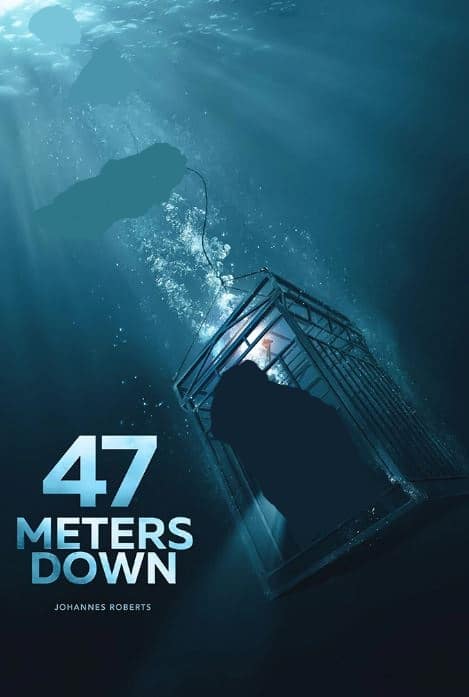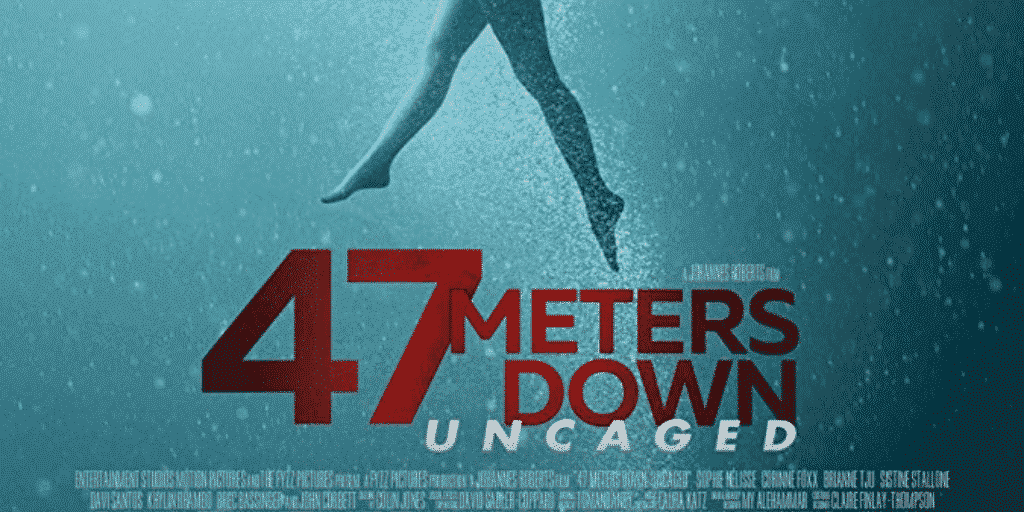Is 47 Meters Down A True Story
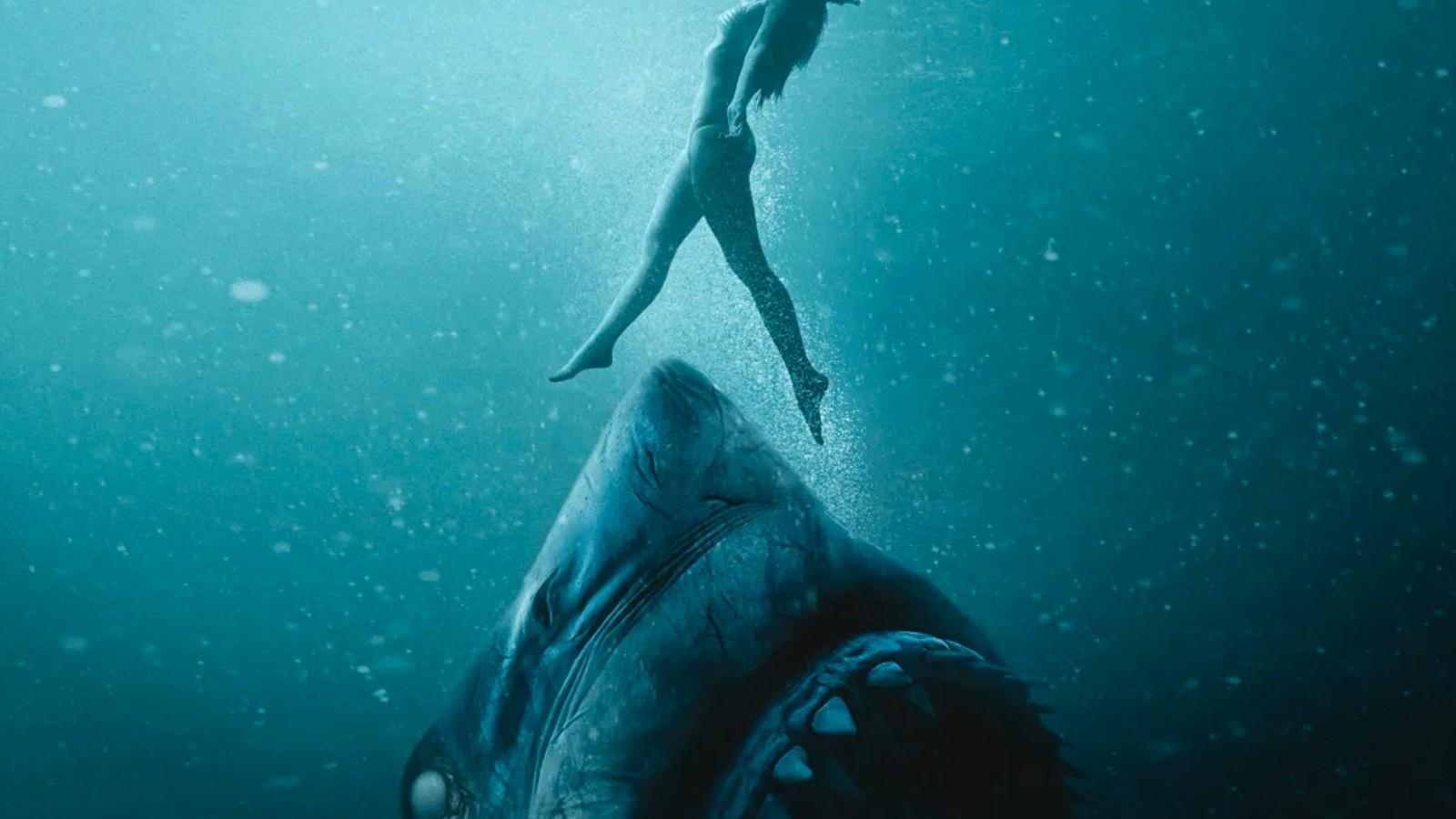
The chilling premise of 47 Meters Down, a survival horror film featuring sisters trapped in a shark cage on the ocean floor, has captivated audiences and sparked a persistent question: is this cinematic nightmare rooted in reality? The visceral fear experienced by viewers stems, in part, from the possibility that such a scenario could actually occur. The film's success lies in its ability to tap into primal anxieties about the vast, unforgiving ocean and the apex predators that reside within it.
While 47 Meters Down isn't based on one specific documented incident, the film's core scenario draws inspiration from real-world risks associated with shark cage diving and the inherent dangers of deep-sea environments. The film blends factual elements, such as the known behaviors of sharks and the effects of underwater pressure, with fictional narrative to create a terrifyingly plausible experience. This article will dissect the realities and fictions interwoven within the film, examining the risks of shark cage diving, the potential hazards of equipment malfunction, and the plausibility of the survival situations depicted.
The Reality of Shark Cage Diving
Shark cage diving is a popular, albeit controversial, tourist activity offered in several locations around the world, including South Africa, Australia, and Mexico. Operators attract sharks to the cage using bait, allowing tourists to observe these magnificent creatures up close in their natural habitat. While generally considered safe when conducted by reputable companies adhering to strict safety protocols, the activity inherently carries risks.
The primary risk associated with shark cage diving stems from the possibility of mechanical failure or human error. Cages can break free from their moorings, potentially drifting far from the boat. Furthermore, poorly maintained equipment or inadequate safety briefings can increase the risk of accidents. It's also crucial to acknowledge that sharks are wild animals, and their behavior is unpredictable.
Examining Potential Cage Failures
The film's central plot revolves around a catastrophic cage failure, leading to the sisters' terrifying descent to the ocean floor. While such a dramatic event is rare, instances of cages experiencing damage or becoming detached have been reported. These incidents, though not always resulting in serious injury, highlight the importance of robust construction and regular maintenance. The likelihood of a complete and sudden cage failure as depicted in the film is low, but the possibility of damage or detachment remains a legitimate concern.
The Role of Operator Negligence
In 47 Meters Down, the dive operator's questionable practices contribute significantly to the unfolding disaster. This aspect of the film touches on a crucial reality: the importance of choosing reputable and experienced operators. Unlicensed or poorly regulated operators may cut corners on safety, increasing the risk of accidents. Researching operators and verifying their credentials is paramount for anyone considering shark cage diving.
Deep Sea Dangers: Pressure and Predation
Beyond the immediate threat of sharks, the film explores the physiological challenges of being trapped at depth. The increasing water pressure at 47 meters (approximately 154 feet) poses a significant risk of barotrauma, nitrogen narcosis, and decompression sickness (the bends). The film accurately portrays the disorienting effects of these conditions, adding to the sense of claustrophobia and panic.
Nitrogen narcosis, often referred to as the "martini effect," can impair judgment and coordination. Decompression sickness can occur if divers ascend too quickly, causing nitrogen bubbles to form in the bloodstream and tissues. The film also hints at the psychological toll of being trapped in a confined space, further exacerbating the divers' distress.
Shark Behavior: Fact vs. Fiction
47 Meters Down depicts great white sharks as relentlessly aggressive predators, constantly circling and attacking the cage. While great white sharks are formidable hunters, their behavior is not always as depicted in the film. Sharks are often curious and cautious, observing potential prey before committing to an attack. The film uses dramatic license to heighten the suspense and amplify the perceived danger.
The effectiveness of the film lies in its skillful blend of accurate shark behavior with elements of exaggeration. This technique helps to create a thrilling, albeit not entirely realistic, cinematic experience. The film does accurately portray the power and agility of these apex predators, emphasizing the potential danger they pose to humans.
Survival and Rescue: Plausibility and Realism
The survival tactics employed by the characters in 47 Meters Down, including attempts to communicate with the surface and conserve oxygen, are plausible to a degree. However, the prolonged survival time and the ultimate rescue are somewhat optimistic, especially considering the challenging conditions. Hypothermia, dehydration, and exhaustion would significantly reduce the chances of survival in such a scenario.
Real-world rescue operations in deep-sea environments are complex and time-sensitive. Factors such as visibility, current, and weather conditions can impede rescue efforts. While the film portrays a determined rescue team, the speed and efficiency of the rescue are likely embellished for dramatic effect. The film's conclusion, while providing a sense of closure, should be viewed as a cinematic interpretation of a harrowing experience, rather than a realistic depiction of deep-sea survival.
Conclusion: Separating Fact from Fear
47 Meters Down is a work of fiction, not a documentary. It leverages the inherent dangers of shark cage diving and deep-sea environments to create a suspenseful and terrifying cinematic experience. While the film incorporates elements of reality, such as the risks associated with shark cage diving and the physiological challenges of deep-sea pressure, it also employs significant dramatic license to heighten the stakes and create a more thrilling narrative.
The film serves as a cautionary tale, reminding viewers of the potential risks associated with extreme adventure activities and the importance of prioritizing safety. While the specific scenario depicted in the film is highly unlikely, the underlying message about respecting the power of the ocean and the unpredictability of wildlife resonates with real-world concerns. Ultimately, 47 Meters Down is a testament to the power of storytelling, capable of tapping into our deepest fears and leaving a lasting impression long after the credits roll. It's crucial to remember that the film is entertainment, not a factual representation of shark cage diving or deep-sea survival.




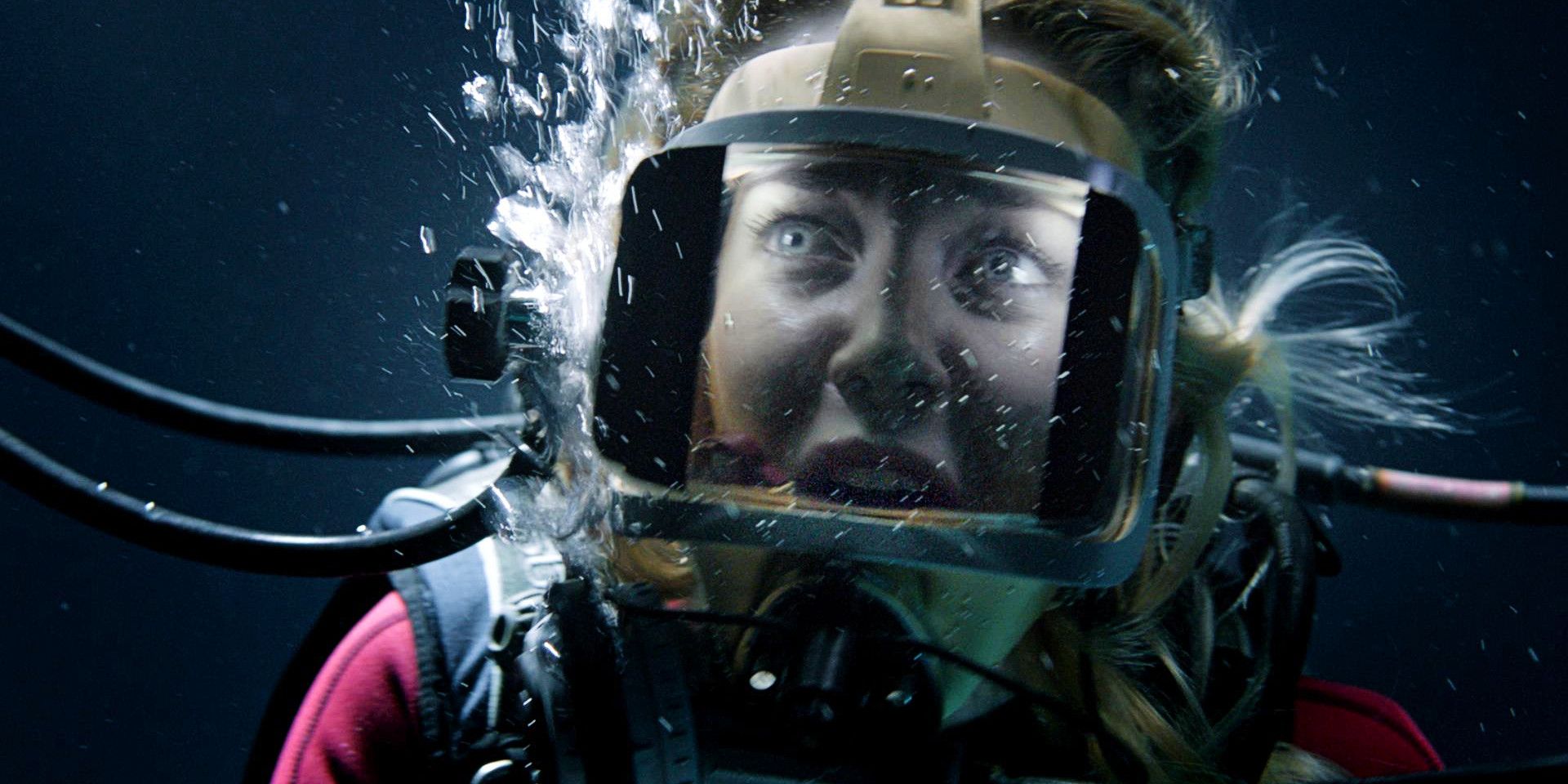
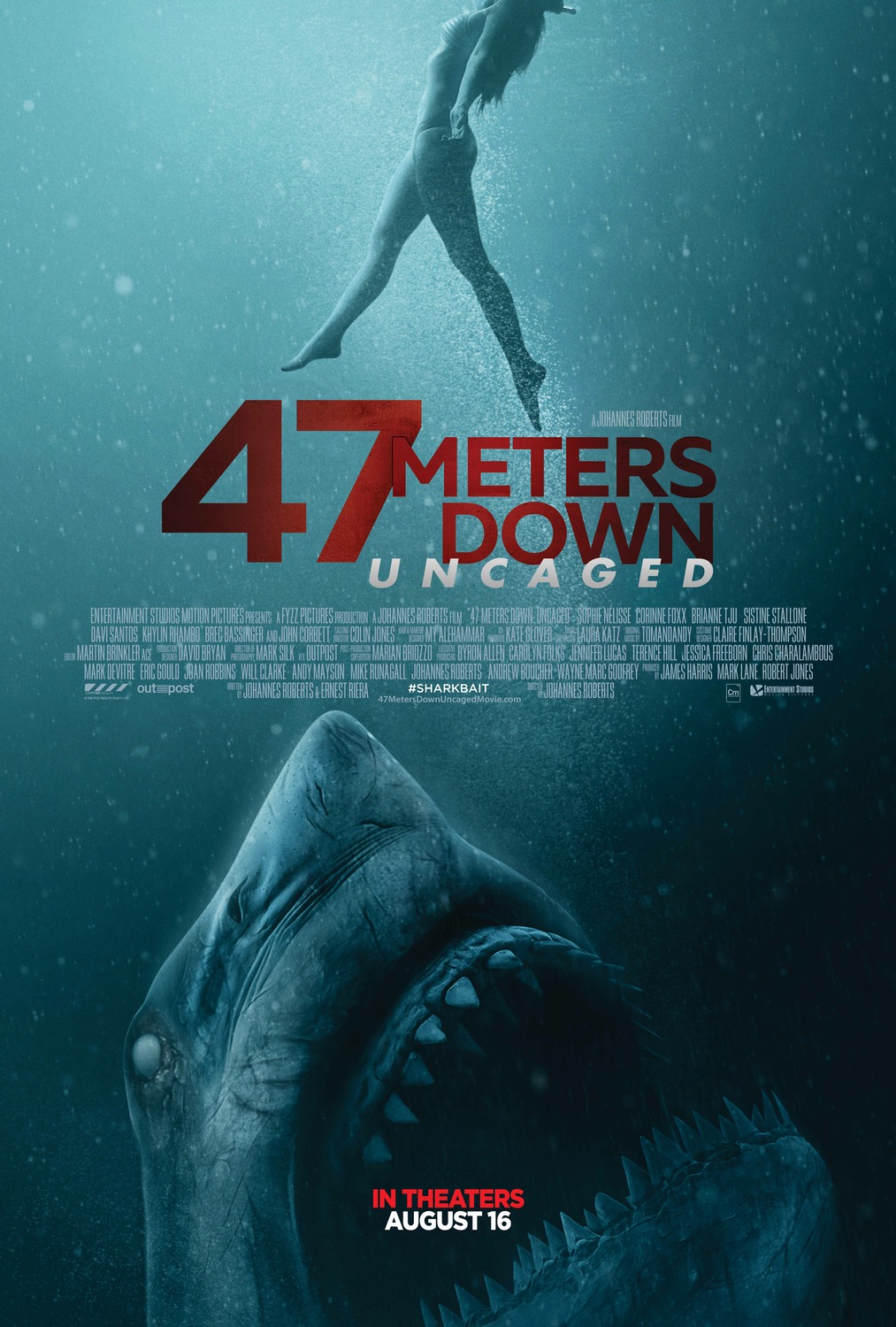




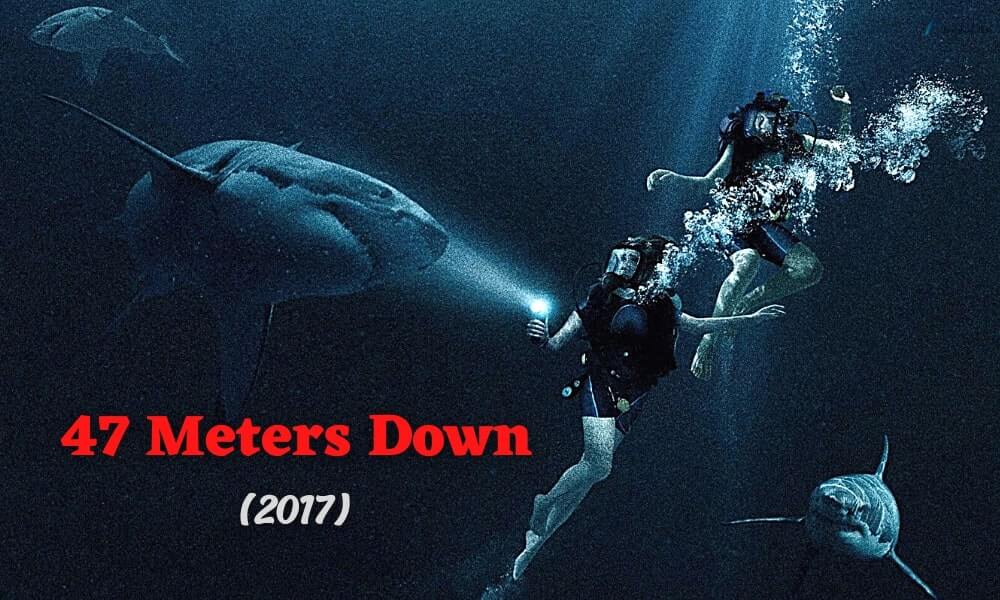

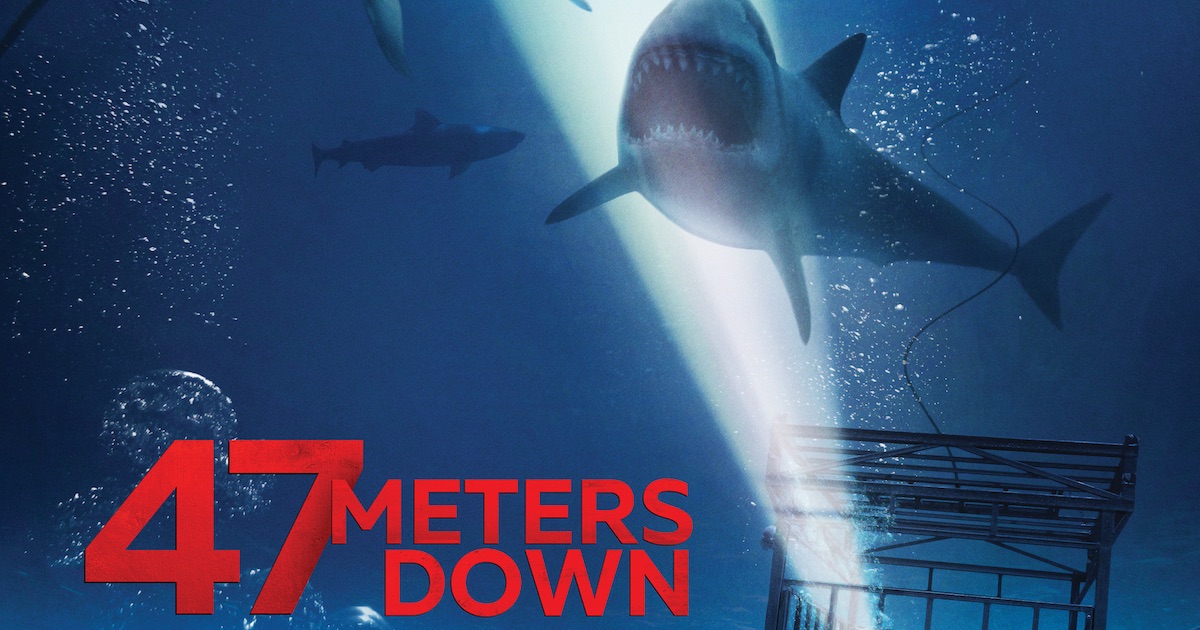
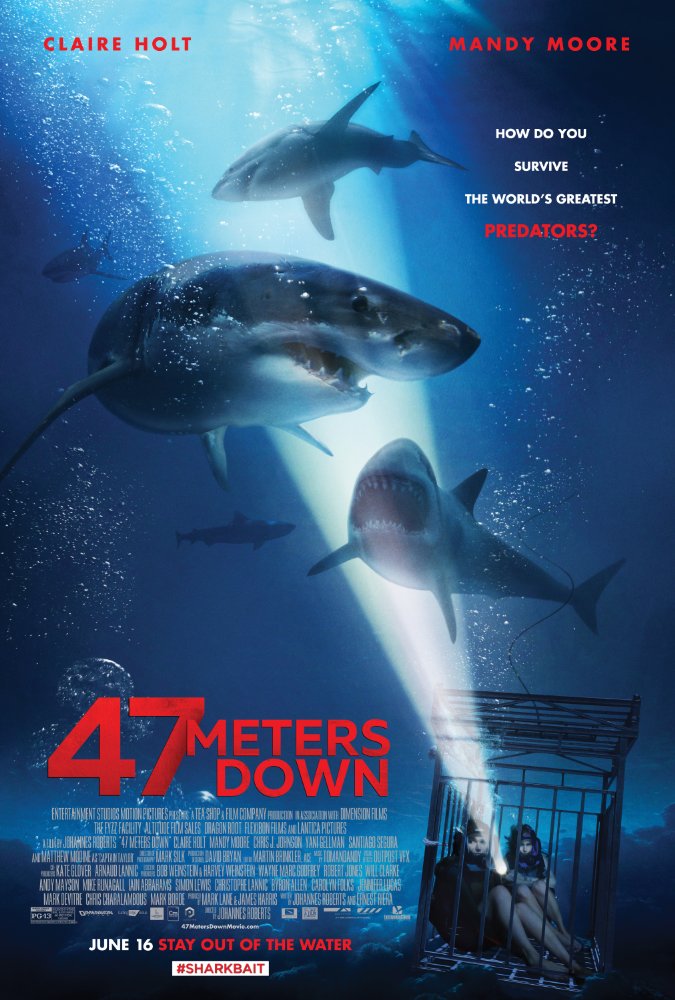
![Is 47 Meters Down A True Story 47 Meters Down: Uncaged Ending Explained [Spoiler]](https://www.brainlesspen.com/wp-content/uploads/2022/09/47-meters-down-uncaged-ending.jpg)
